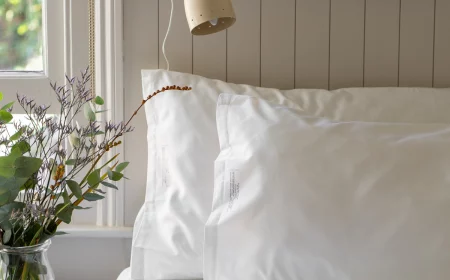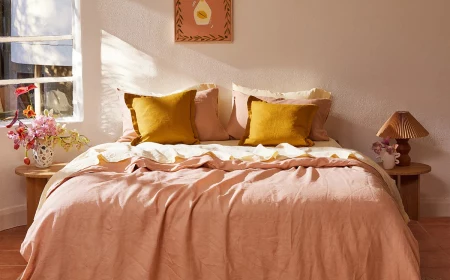Why Your Fitted Sheets Never Fit (And How to Fix It for Good)
Let’s be honest, there’s nothing more frustrating than waking up in the middle of the night tangled in a fitted sheet that’s popped off the corner of the mattress. Again. You feel a little cheated, right? You think you bought the wrong size, or that the sheets are just poorly made. I’ve been in the home textiles world for a long time, and I can tell you this is hands-down the most common complaint I hear. And most of the time, the sheet isn’t the problem. The measurements are.
In this article
A good fitted sheet is actually a marvel of simple engineering. It needs to be cut just right, with enough tension to grip the mattress but not so much that you throw your back out trying to put it on. A proper fit isn’t just about looking neat—it protects your mattress from sweat and oils, making it last longer. Plus, it just feels better. No one wants to fight with their bedding at 2 AM.

So, let’s stop the guesswork. Forget the usual advice you find online. I’m going to walk you through the exact method the pros use to get a perfect fit, every single time.
First, Let’s Talk Fabric
Before we even get out the tape measure, it helps to know what you’re working with. Different fabrics have different personalities, and that affects the fit.
- Crisp Cottons (like Percale): Think of that cool, crisp hotel sheet. This type of woven fabric has almost no stretch. It gives you a super clean, taut look, but it’s very unforgiving. Your measurements need to be spot-on.
- Silky Cottons (like Sateen): A different weave gives sateen its signature silky feel and a little more drape. It has a tiny bit more mechanical stretch than percale, making it slightly more forgiving, but you still need to measure carefully.
- Jersey Knit: Basically, it’s t-shirt fabric for your bed. Because it’s knitted instead of woven, it’s super stretchy and the most forgiving of all. It can fit a wider range of mattress depths, but a word of caution: if you overstretch it, it can lose its shape over time.
- Linen: This natural fiber has very little stretch. When it’s new, a linen fitted sheet can feel a bit snug. But after a few washes, the fibers relax, and it becomes softer and a little looser. It’s key to buy linen sheets with plenty of pocket depth to begin with.
Oh, and here’s a little industry secret. Good brands intentionally cut their cotton and linen sheets a bit large. They know the fabric will shrink by about 3-5% over the first few washes. So if a new sheet fits perfectly right out of the package, it’s probably going to be too small after laundry day. That built-in shrinkage is exactly why your initial mattress measurement has to be perfect.
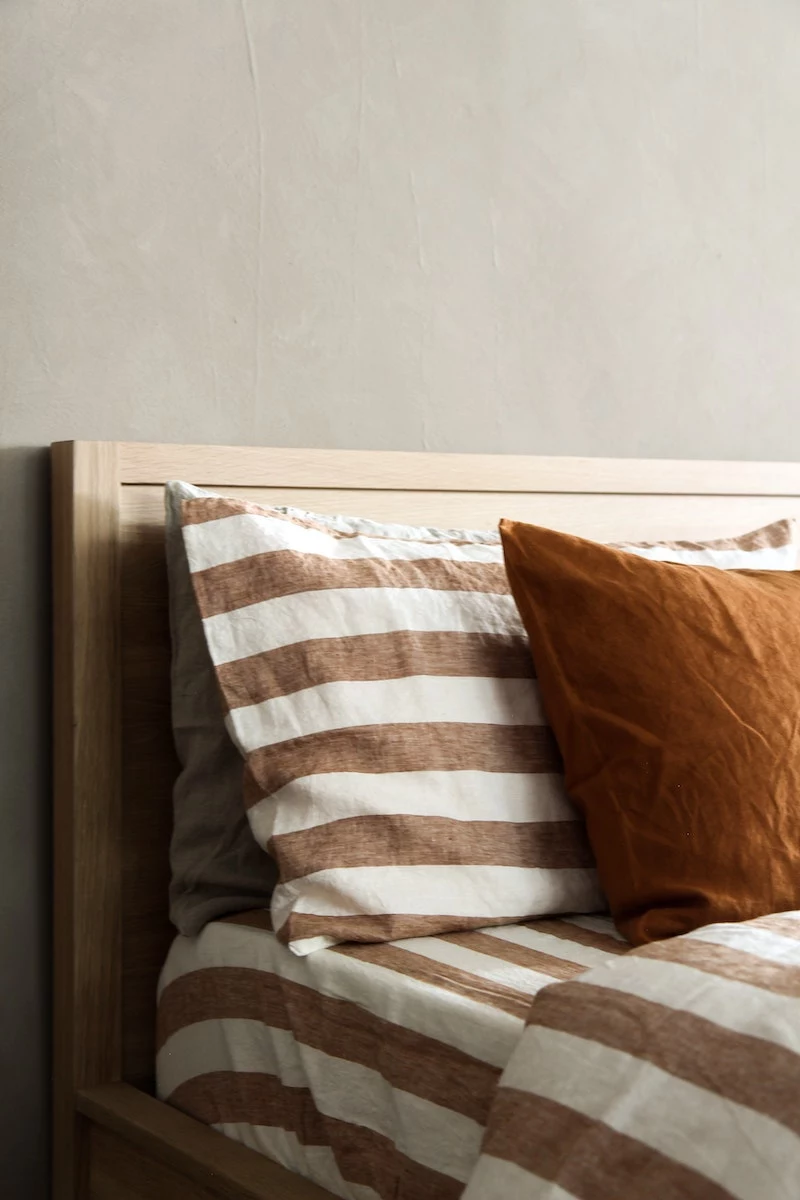
The Pro’s Guide to Measuring Your Mattress
Okay, it’s time to get the real numbers. This systematic process eliminates all the guesswork.
Step 1: Get the Right Tools
Your measurements are only as good as your tool. Please, do not use a fabric sewing tape—they can stretch and give you a wrong number. You need a retractable metal tape measure, like the kind you’d find at Home Depot or any hardware store for under $10. Its stiffness ensures you get a true, straight line. Also, grab a pen and paper or your phone’s notes app. Don’t try to remember the numbers!
Step 2: Prep the Bed
Strip off all your bedding. Now, look at what’s left. Do you have a mattress topper, a thick protector, or a quilted pad that you always sleep on? Leave it ON. You have to measure the total stack that your fitted sheet needs to cover. This is the single biggest mistake people make—they measure a bare mattress but then try to fit a sheet over the mattress plus a three-inch foam topper. It’ll never work.
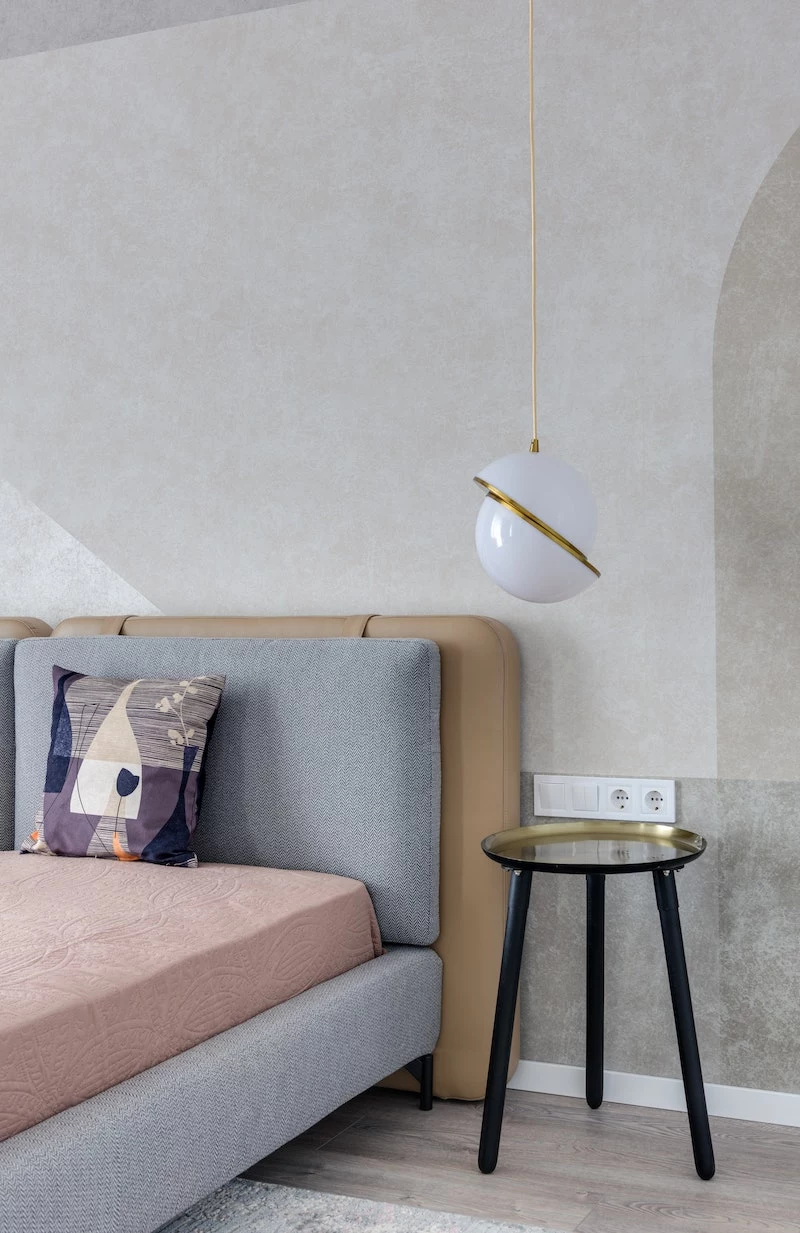
Heads up! Be careful with your back when pulling the mattress around. It’s much safer to lift each corner individually to get the old sheet off.
Step 3 & 4: Get the Real Width and Length
Mattresses aren’t always perfect rectangles, especially after a few years of use. To account for any bulging or compression, you need to measure in three spots for both the width and the length.
- For Width: Measure across the bed about a foot from the head, then across the middle, and finally about a foot from the foot.
- For Length: Measure down the left side, down the center, and down the right side.
For both width and length, write down all three numbers and use the BIGGEST one. This ensures your sheet will fit even at the mattress’s widest or longest point.
Step 5: The Game-Changing Measurement: True Mattress Depth (D)
This is it. This is the measurement that makes all the difference. Don’t just measure the side panel from seam to seam. That doesn’t account for the plush, curved top of the mattress, often called the ‘crown’.
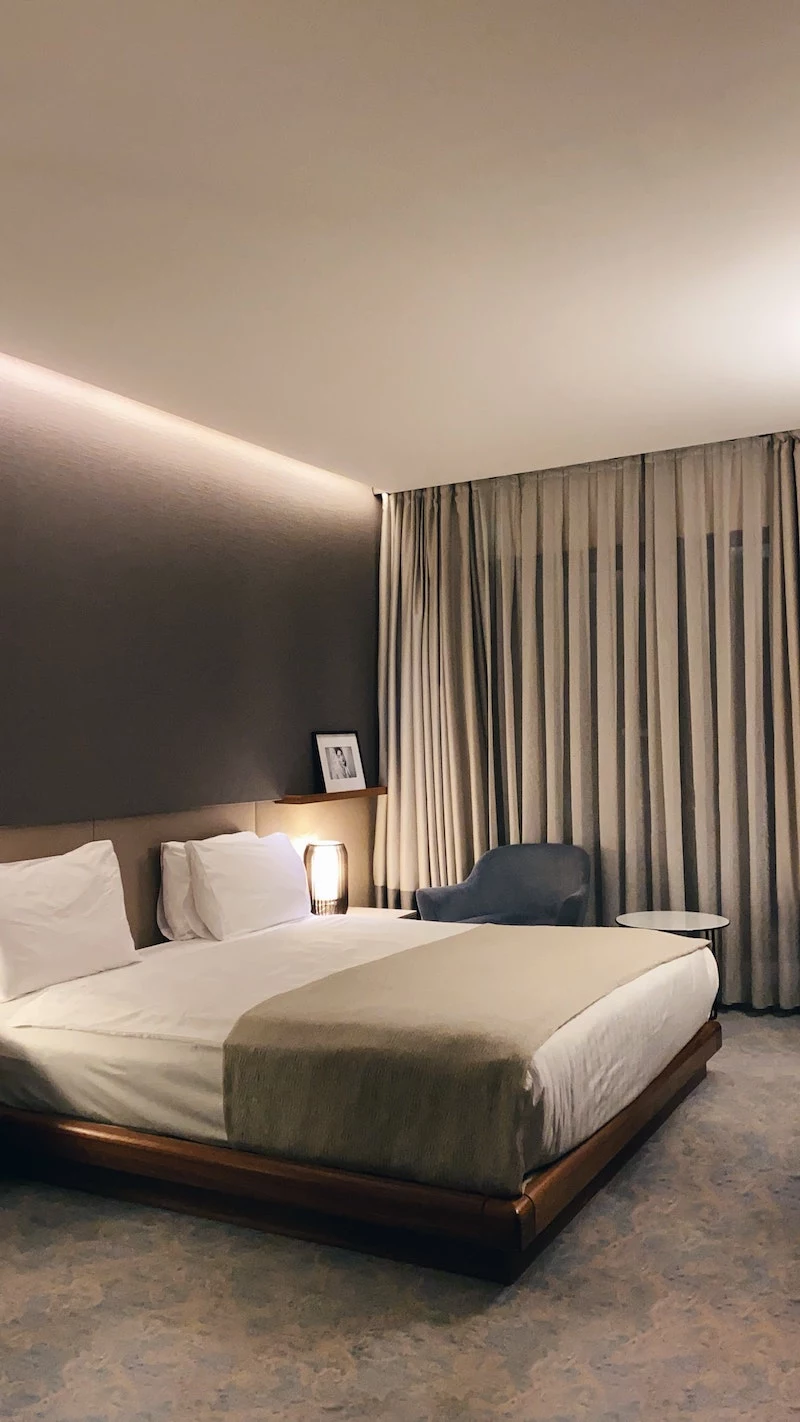
Here’s how to get the true depth:
- Place something hard and flat, like a hardcover book or a sturdy ruler, on a corner of the mattress so it hangs over the edge a bit.
- With your metal tape measure, measure straight up from the very bottom of the mattress to the underside of the book.
This method works because it measures the true height without you accidentally squishing the soft pillow-top, which would give you a smaller, wrong number. Do this on two different corners just to be sure. This number is your true mattress depth, or ‘D’.
Quick challenge: Pause right now. Go grab a book and a tape measure and find your mattress depth. It’ll take two minutes. What’s your number? Now add 3 inches to it. That’s the minimum pocket depth you should ever buy again. Surprised?
How to Actually Use These Numbers When You Shop
Armed with your Width, Length, and Depth (W, L, and D), you’re ready. But you need to know how to read the packaging.

Standard bed sizes are a good starting point, but never assume your ‘Queen’ is a standard queen. Trust your tape measure! I once had a client who spent over $800 on gorgeous Italian linens for their US King bed, only to find the fitted sheet was for an EU King and a full 5 inches too narrow. A 10-minute measurement would have saved them a huge headache and a lot of money.
The Magic Formula for Pocket Depth
This is the most important takeaway. The ‘pocket depth’ listed on a package is the maximum mattress height it can fit. But for a secure fit that doesn’t pop off, you need extra fabric to tuck underneath.
Here’s the formula I always use: Your Ideal Pocket Depth = Your Mattress Depth (D) + 3 inches.
Those extra 3 inches give you about two inches for a solid tuck-under and one inch of wiggle room to make putting the sheet on less of a wrestling match. Without that tuck, the elastic just clings to the very edge of the corner, ready to spring off the second you move.

For example, if your mattress with its topper measured 14 inches deep, you need a pocket depth of at least 17 inches (14 + 3). A sheet labeled ‘Deep Pocket, fits up to 15 inches’ might seem right, but it will be a constant battle. You should be looking for ‘Extra-Deep Pocket’ sheets that fit up to 18 or 20 inches.
Troubleshooting & Special Cases
What if you have a tricky situation or a sheet that’s already failing you?
For Adjustable Beds: These beds put a ton of stress on sheets. The ‘D + 3 inch’ rule is your absolute minimum here; honestly, I’d go for D + 4 inches. Also, look for sheets with ‘all-around elastic’ sewn into the entire hem, not just the corners. It provides a much better grip.
For Antique or Custom Beds: You probably won’t find sheets for these off the shelf. Your best bet is to find a custom sheet maker online. You can find specialists on sites like Etsy or dedicated websites. Be prepared, a custom-made sheet might run you anywhere from $120 to $250 for a queen size, but that’s a lot cheaper than buying a whole new bed!
Problem: My sheet keeps popping off.
Likely Cause: The pocket depth is just too shallow for your mattress setup.
Quick Fix: Try ‘sheet suspenders’ or ‘sheet straps.’ You can find these on Amazon or at stores like Target for about $10-$20. They are simple elastic straps with clips that run diagonally under your mattress to hold the corners down. They really work!
Problem: My sheet feels loose and the elastic is limp.
Likely Cause: The elastic is just worn out, usually from high-heat drying.
Quick Fix: Again, sheet suspenders are your best and easiest solution here.
Problem: My sheet slides right off my waterproof protector.
Likely Cause: Some protectors have a slick, vinyl-like surface that gives the sheet nothing to grip.
Quick Fix: Add a thin, 100% cotton mattress pad over the slippery protector. This creates a layer of friction that helps the fitted sheet stay put.
Your Final Checklist for the Perfect Fit
When you’re shopping, look past the big ‘Queen’ or ‘King’ label and find the detailed specs. A good brand will list the pocket depth. If that info is missing, I’d honestly choose another brand.
And remember to always wash new sheets before using them! This isn’t just for hygiene; it’s what allows the natural fibers to do their initial shrink and settle into their true, final size. Just follow the care label—cool or warm water is usually best. High heat is the enemy of elastic and cotton fibers.
A quick reminder: most stores won’t let you return washed bedding, so doing this 10-minute measurement job upfront can save you from getting stuck with pricey sheets you can’t even use.
Taking the time to do this right is a small thing that pays off every single night. For a quick reference, here’s what you need before you go shopping. Take a screenshot!
MY BEDDING SHOPPING CHEAT SHEET:
My Mattress Width: __________
My Mattress Length: __________
My Mattress Depth (D): __________
MY MAGIC NUMBER (D + 3″): __________



